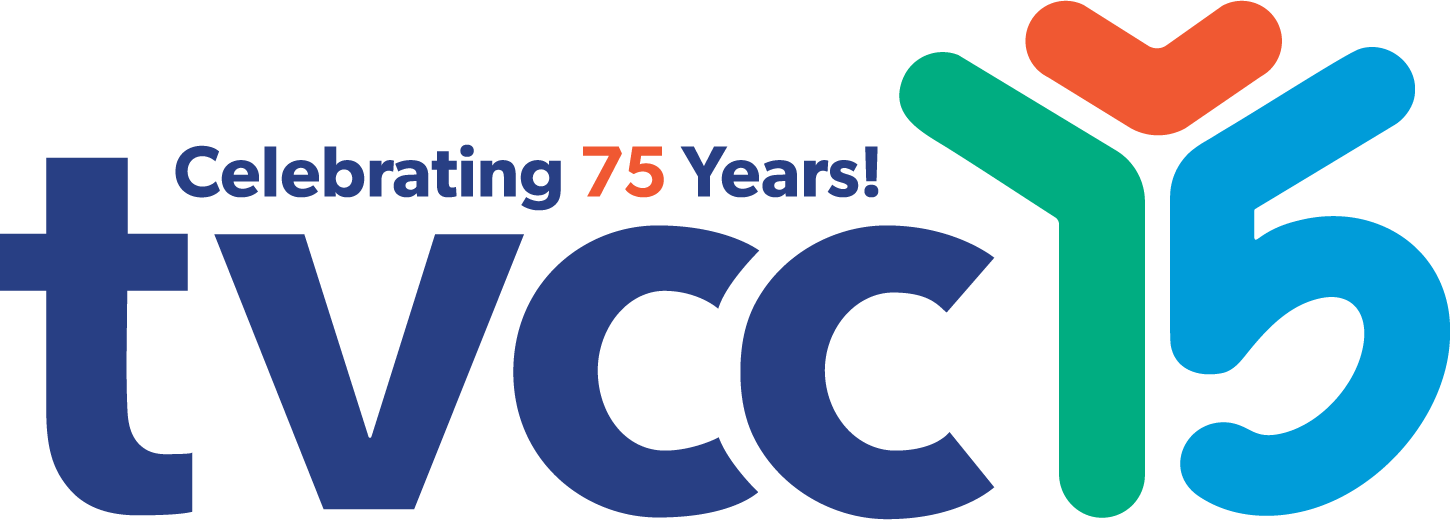Baby signing can be a fun, but unproven, bridge to speech.
Should I teach my baby to sign?
Some parents decide to teach their babies simple signs. Parents may feel that this will help their children learn language and be able to communicate earlier and more effectively.
A review of research in this area has revealed the following:
Baby signing can be fun for parents and babies, however it must be stressed that to date there have been no sound research studies that support that teaching sign to a baby will help them develop language or will make them more intelligent.
Experts, in speech-language pathology noted that many parents who use baby signs with their infants and young babies, also tend to be face to face with their children when communicating. We know that being face to face increases a child’s desire and ability to communicate. Other things that parents do when using baby sign include repeating the signs often. Repetition is something else that we know helps children develop language. It is important to note that you should always say the word you are signing and emphasize the word. The goal is always to encourage speech rather than just signing.
We want the sign to be a bridge to communication, not the way children will eventually communicate.
Signing Suggestions:
- Signing should never replace or be a substitute for speech. If you choose to teach your baby to sign, remember that it is a bridge to speech and language, not the end product.
- If you are teaching your baby to sign, it is important to use the same animated voice that most parents use when talking to their babies. This gets and keeps the baby’s attention. It also encourages your baby to take turns communicating with you. Your baby will get excited, if you use a high pitched voice, and show excitement when you talk to your baby.
- If you are teaching your baby to sign, you can include the signs when you are singing a song or sharing a favourite book. This will help the baby to see that the sign can be used at different times.
- If you are teaching your baby to sign, remember that the signs you teach should be appropriate for the child’s development. Simple signs like “all done”, “eat”, “drink”, and “milk”, are some of the early words that we teach to babies.
- Don’t worry about colour names or shapes, because we don’t expect that a baby will learn those words early, therefore we don’t expect them to sign them.
- You want communication to be fun. Some babies enjoy learning signs and will pick them up easily. Other babies might not enjoy them. Go with your baby’s interest and don’t push baby sign, if your child just doesn’t seem interested.
References:
Seal, B. (2010, November 02). About Baby Signing. The ASHA Leader
Johnston, J. C., Durieux-Smith, A. & Bloom, K. (2005). Teaching gestural signs to infants to advance child development: A review of the evidence. First Language, 25, 235–251





